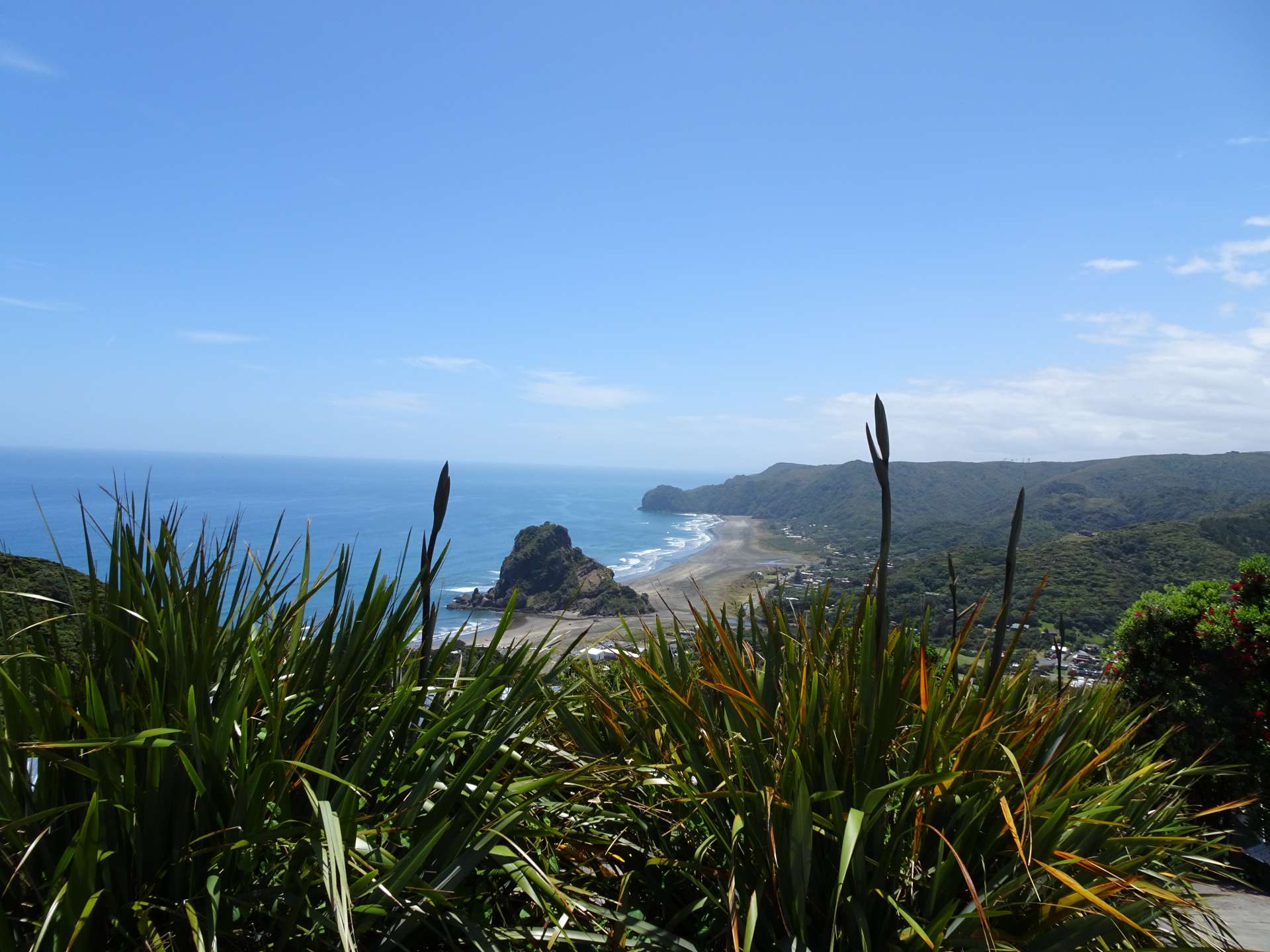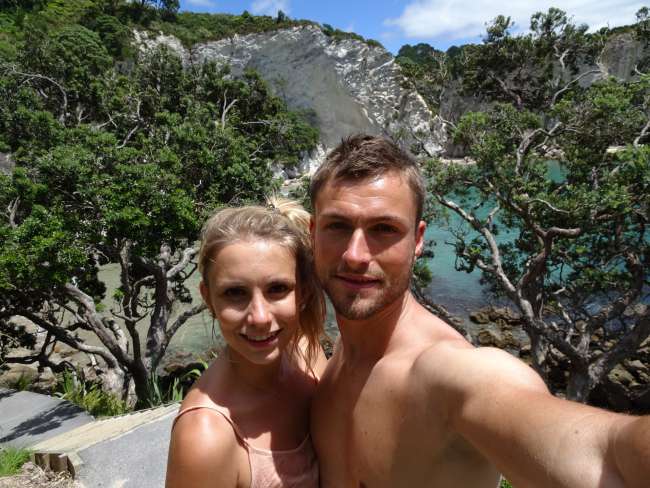
judithundwillaufentdeckungsreise
vakantio.de/judithundwillaufentdeckungsreise
Christmas on the North Island of New Zealand.
Publicēts: 29.12.2016
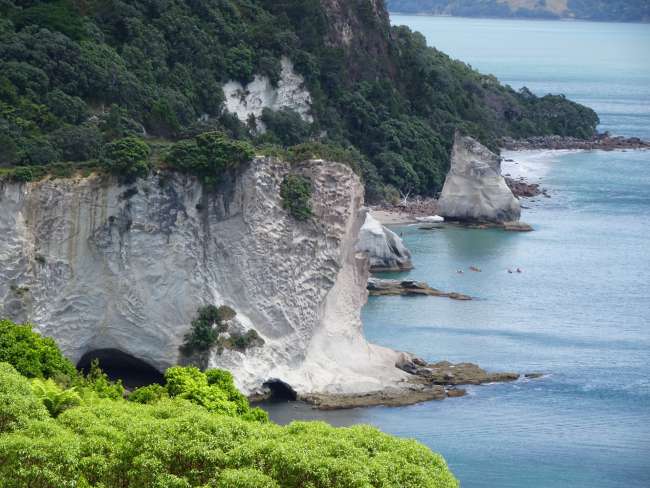
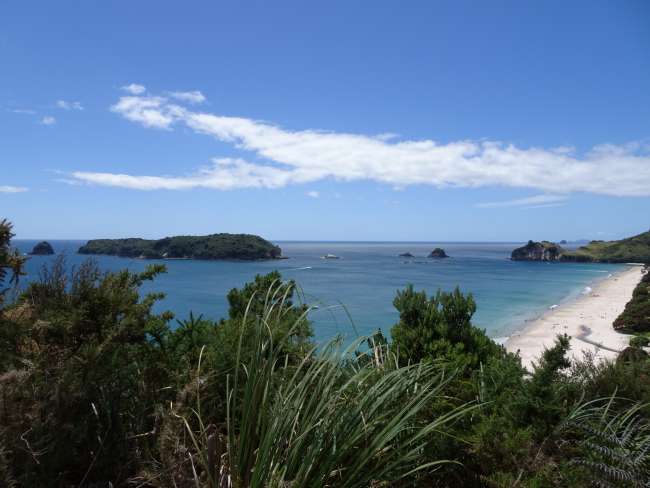
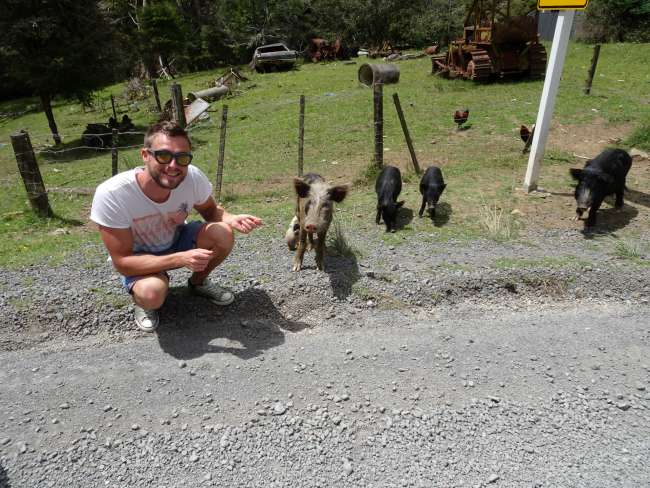
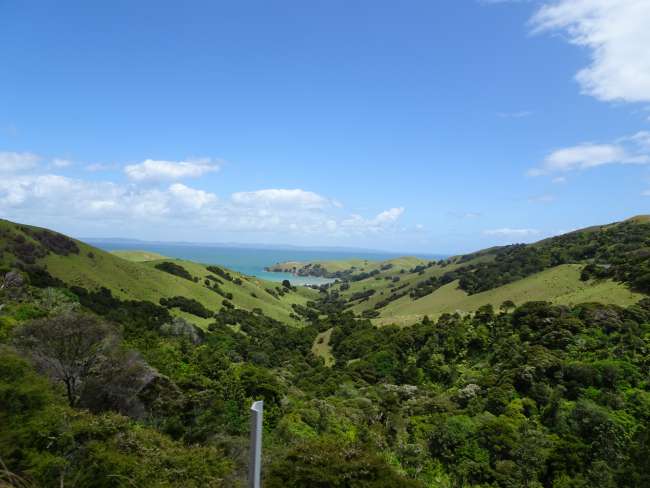
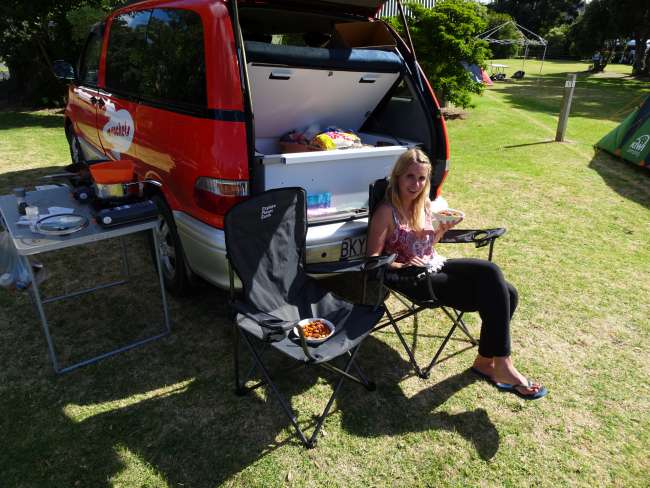
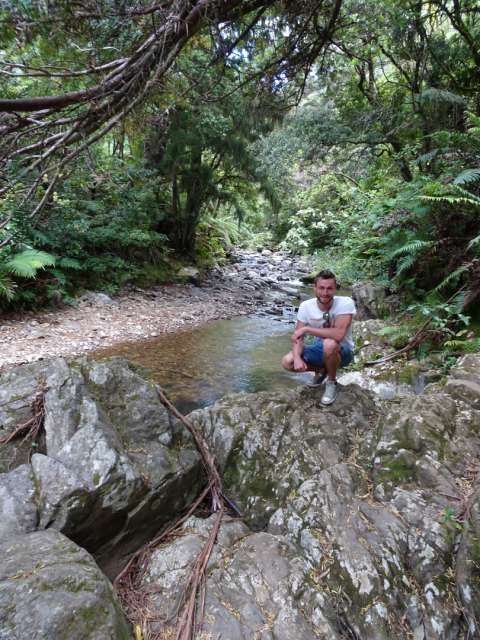
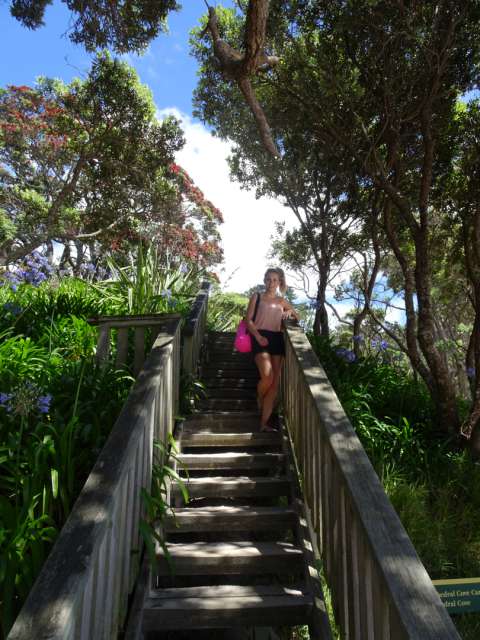
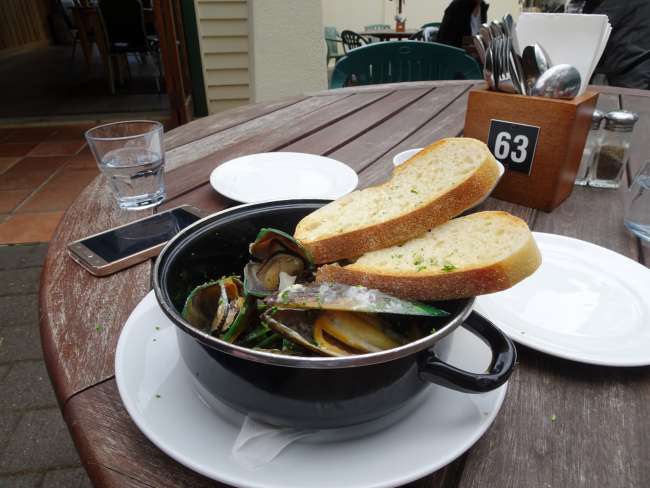
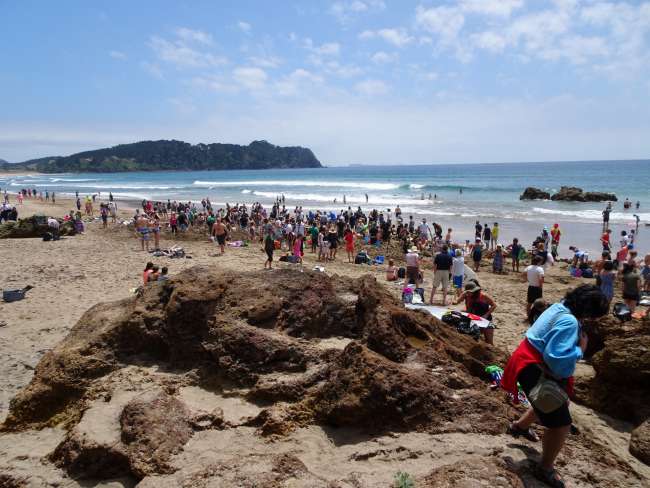
Abonējiet biļetenu
Two observations in advance:
1) Although according to popular belief there are more sheep than inhabitants in New Zealand, there are definitely more cows than sheep and probably also inhabitants in the north of the North Island. They are simply everywhere and graze leisurely. Accordingly, the steaks from pure pasture-fed cattle are tasty and inexpensive here...
2) North is North. At least when it comes to the wind, it feels like the North Sea coast here. Always a stiff breeze, which can provide a welcome cooling or be quite chilly. In any case, it's windier up here than we expected.
Our Christmas started with a drive to the Coromandel Peninsula. In the town of the same name, we had traditionally fresh mussels to eat. The green-lipped mussels that are cultivated there are significantly larger than the black mussels we know, and despite their size, they are tender. The New Zealanders prepare the mussels in white wine cream sauce with plenty of garlic. Very delicious! Afterwards, we continued to Hahei, a small beach town in the southeast of the peninsula. On the way there, we crossed free-roaming pigs and roosters on the gravel roads through the forested hills of the Coromandel Forest, and we stopped at a small waterfall. Arriving in Hahei, we had penne with vegetable bolognese as our Christmas dinner. The beach and the landscape in Hahei are beautiful, so we decided to stay there for another night.
On Christmas Day, we hiked to Cathedral Cove, a popular backdrop for movies. On the way there, we discovered a very beautiful small bay (Stingray Bay), where we also had the opportunity to do a little bouldering on the rocks. Unfortunately, Cathedral Cove was totally overrun by tourists, so we only stayed there briefly.
On the 26th, we continued towards Hot Water Beach. There, boiling hot water comes out of the ground, and you can dig holes in the sand to take a warm bath. Unfortunately, this place was also overrun by tourists, so we only stayed there for a good hour and watched the hustle and bustle. In the afternoon, we hiked along a river with adventurous jungle paths for 3 hours. Along this river, there were remains of gold mines and shipping facilities from the turn of the last century. The entire area south of the Coromandel Peninsula was developed as a result of gold finds in the local rock, and you constantly come across old mines or remains of dilapidated industrial plants. Memorials for the fallen of the First World War are also omnipresent. New Zealand sacrificed a quarter of its then very sparse population (1 million inhabitants) for the English Crown. This runs deep and is honored in almost every place with at least one memorial plaque, but rather a park or building.
In the evening, we stayed overnight at a DOC (Department of Conservation) campsite. These are very simple but inexpensive camping sites where there is only an outhouse and otherwise only nature (with many mosquitoes) ☺.
In order to make our journey easier to follow, we have decided to update the blog once a week, always towards the weekend. If possible, of course, more often, depending on the internet allows it.
Abonējiet biļetenu
Atbilde

Ceļojumu pārskati Jaunzēlande
